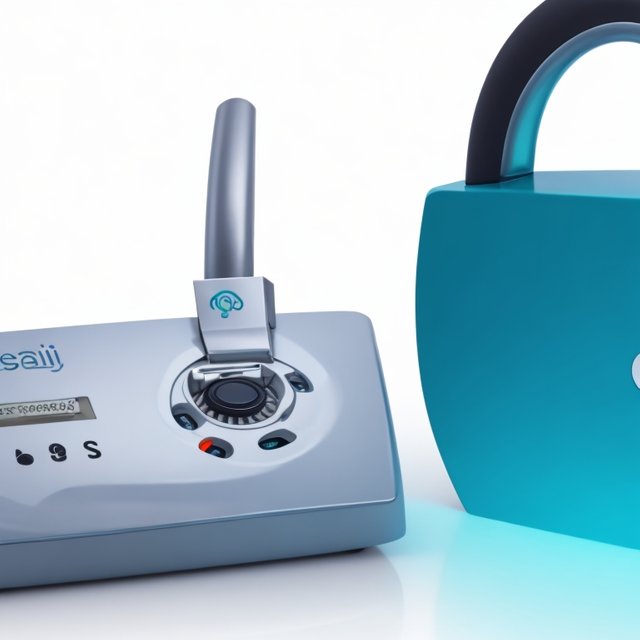In the digital age, the Internet has become an indispensable tool for communication, commerce, and information sharing. However, this vast network also presents a myriad of security challenges, as malicious actors seek to exploit its vulnerabilities for their own gain. As a result, the question of how to best secure the Internet has become a critical one, with two main approaches emerging: trust and control.
The Trust Approach
Proponents of the trust approach argue that security should be built on a foundation of trust rather than control. They believe that by fostering a culture of transparency, accountability, and collaboration, individuals and organizations can work together to create a more secure online environment. This approach emphasizes user education and self-protection, encouraging individuals to take responsibility for their own security by using strong passwords, keeping software up to date, and avoiding suspicious links.
The Control Approach
Advocates of the control approach argue that a more secure Internet can only be achieved through stricter regulation and oversight. They believe that governments and technology companies should have the authority to monitor online activity, filter content, and even block access to certain websites or services. This approach aims to prevent cyberattacks and protect sensitive information by restricting online behavior and limiting access to potential threats.
Balancing Trust and Control
The debate between trust and control is complex and multifaceted, with no easy answers. Striking a balance between these two approaches is essential to creating a secure and open Internet. On the one hand, relying solely on trust may leave the Internet vulnerable to exploitation. On the other hand, excessive control may stifle innovation and restrict individual freedom.
A practical approach to Internet security involves a combination of trust and control. Trust-based measures, such as user education and self-protection, can form the foundation of a secure online environment. However, control-based measures, such as data encryption and security protocols, can provide additional layers of protection.
The Role of Technology
Technology plays a crucial role in both trust-based and control-based security approaches. Advances in cryptography, artificial intelligence, and other technologies can help to create more secure systems and platforms. However, technology can also be used to enhance surveillance and control, raising concerns about privacy and individual liberties.
The Future of Internet Security
The future of Internet security will likely involve a continued evolution of both trust-based and control-based approaches. The development of new technologies and the emergence of new threats will necessitate ongoing adaptation and innovation. Ultimately, the success of Internet security will depend on finding a balance between trust and control that protects the rights and freedoms of individuals while safeguarding the integrity and security of the online world.
Conclusion
The debate between trust and control in Internet security is a complex and ongoing one, with no easy solutions. Striking a balance between these two approaches is essential to creating a secure and open Internet. By combining trust-based measures with control-based measures, and using technology responsibly, we can work towards a more secure online environment for everyone.
